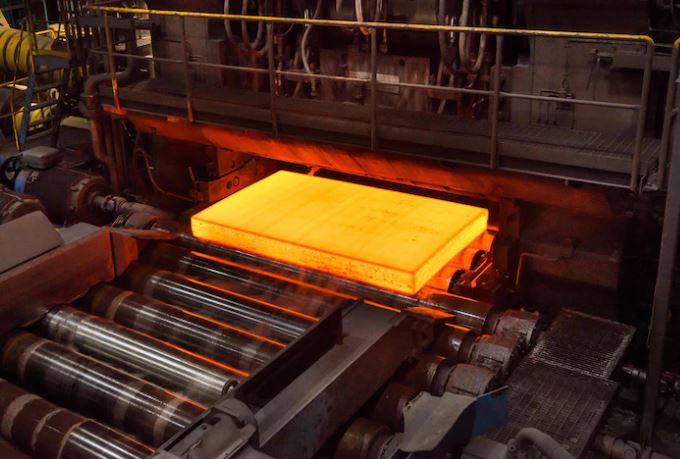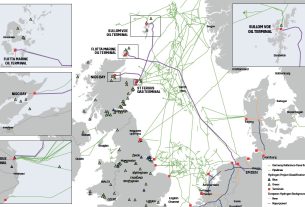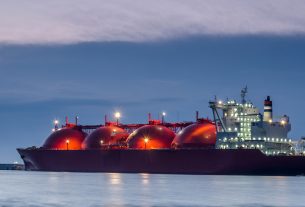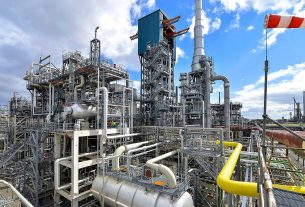Belgium – Around 10 million metric tons of hydrogen are produced and sold annually in the European Union, with the majority of these volumes coming from the burning of coal and natural gas.
The European Union’s ambition to become carbon neutral by 2050 depends heavily on green hydrogen. According to the European Commission, renewable hydrogen will make up 13–14% of the bloc’s energy mix by the middle of the century. However, as companies want to use hydrogen as a greener alternative to gas, supply has been unable to keep up with demand.
Furthermore, the steel industry is particularly interested in the creation of “green steel” utilizing renewable hydrogen. According to Ruud Kempener, head of the hydrogen project at the European Commission’s energy division, manufacturing is the first step towards creating a market for renewable and low-carbon hydrogen. He believes that the European Union’s (EU’s) 2020 hydrogen plan, which was unveiled a full year before the start of the energy crisis, was timed well.
Kempener cited two examples of mechanisms proposed by the Commission to promote hydrogen production: the updated state assistance criteria and the reform of the EU’s emissions trading program. He added that the €800 billion COVID-19 crisis recovery fund of the European Union (EU) “has a significant hydrogen component in there.”
Decarbonization
Despite these measures, there is still a big issue with producing enough green hydrogen to aid the industry in reaching its decarbonization goals. German steelmaker ThyssenKrupp is one of the parties involved. To reach its decarbonization objectives, the firm may need up to 2 million tonnes of green hydrogen in addition to the 75 TWh of renewable energy it intends to use by 2030.
A significant barrier is the absence of a well-established regulatory framework in the European Union. Hydrogen is governed by both the EU’s Renewable Energy Directive (RED) and the gas package that the European Commission put forth in December 2021. The RED is currently being updated. These new rules are designed to make it easier to share hydrogen between partners and across borders.
The European Steel Manufacturers’ Association, or Eurofer, has emphasized the importance of regulatory certainty in guaranteeing a consistent supply to satisfy rising demand. The creation of regulations for “renewable” hydrogen generation has been put off for years due to national interference and the European Parliament acting independently to set “additionality” standards for the production of green hydrogen.
However, if demand grows, specialized pipelines will need to be built in order to deliver hydrogen to Europe’s industrial users.




